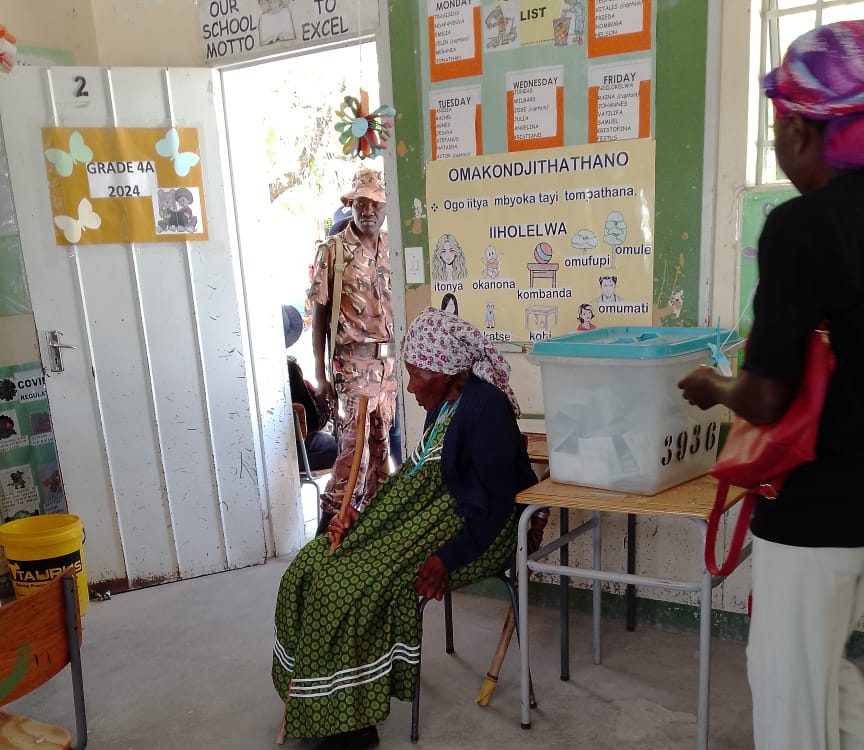Namibia is charting a course for the future with the Namibia Infrastructure Development and Investment Fund (Nidif) having given the green light for the groundbreaking ‘Namibia Space Port’ project.
Led by Q-KON Namibia, this initiative marks a significant milestone, propelling the nation to the forefront of African space technology and transforming its communication landscape.
The project aligns seamlessly with Namibia’s National Space Science and Technology Policy, highlighting the country’s commitment to space exploration, innovation, and sustainable development.
Emma Theofelus, the minister of information and communication technology says the Space Port “represents a monumental stride in harnessing the immense potential of space technology for Namibia’s and Africa’s growth in the communication sector”.
The venture transcends national ambitions, Frederico van Wyk, the chief investment officer of Eos Capital and one of Nidif’s managers, says.
He emphasises the project’s role in fostering “digital inclusion and ubiquitous connectivity” throughout Namibia.
This, in turn, will catalyse economic growth and technological advancement.
The Namibia Space Port will be a game-changer for Q-KON Namibia, a Communications Regulatory Authority of Namibia-licensed satellite service provider.
By spearheading this project, Q-KON is poised to become a major player in the burgeoning low earth orbit (LEO) industry, which boasts a robust pipeline of 36 ongoing projects, with plans to launch over 63 000 satellites.
Dawie de Wet, the group chief executive of Q-KON, says the project has the potential to not only elevate Namibia’s technological standing, but to also contribute to the expansion of the LEO sector in sub-Saharan Africa.
The Space Port’s significance extends beyond launch capabilities. It is poised to become a critical hub for satellite communication networks, offering state-of-the-art services and ground infrastructure to global satellite operators, he says.
Ground gateway terminal hosting will provide essential infrastructure for LEO constellations, including land for antenna farms, fibre optic connectivity, and on-demand support services.
Earth observation downlink services will enable orbiting satellites to download critical data and imagery, propelling scientific research and earth observation capabilities.
High-resolution satellite imagery will be made available to educational institutions, providing a valuable resource for students to analyse land-use changes, monitor deforestation, and track the impact of climate change on various ecosystems.
The Space Port will become an integral part of Africa’s tracking, telemetry and control network, playing a vital role in monitoring and controlling satellites orbiting the continent, thereby strengthening global communication networks.
One of the project’s most compelling aspects is its potential to bridge the digital divide in Africa.
Unlike traditional mobile tower infrastructure projects, LEO technology offers “perpetual, ubiquitous connectivity” with minimal latency and high data transfer rates, making it a viable solution for providing immediate and far-reaching broadband coverage.
While details regarding the project’s next steps are forthcoming, De Wet says more information will be available in the coming months.
Stay informed with The Namibian – your source for credible journalism. Get in-depth reporting and opinions for
only N$85 a month. Invest in journalism, invest in democracy –
Subscribe Now!






